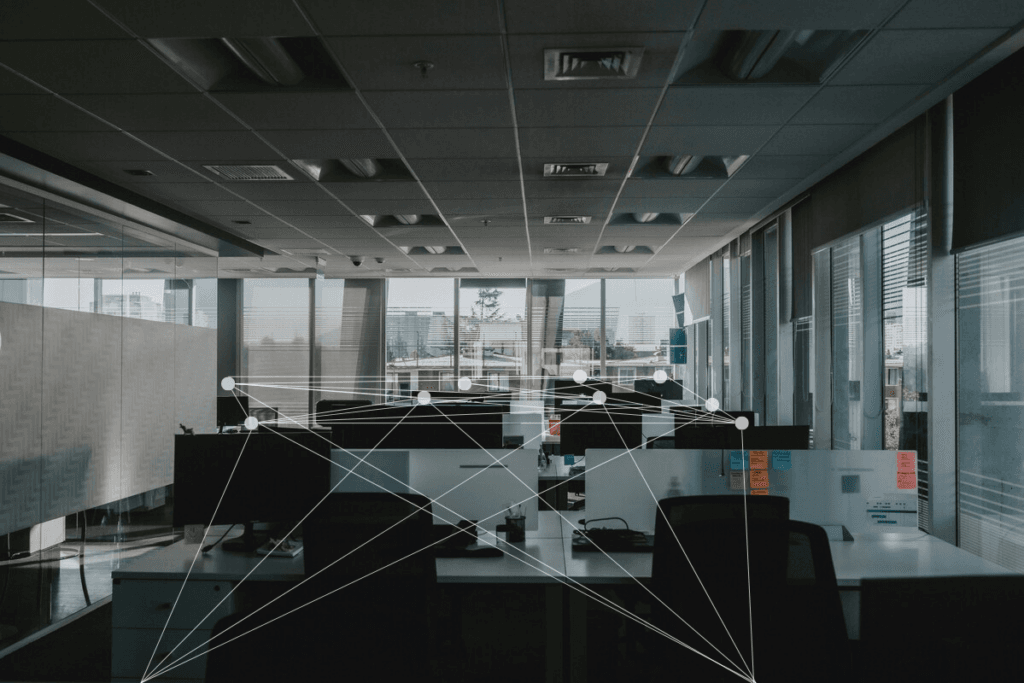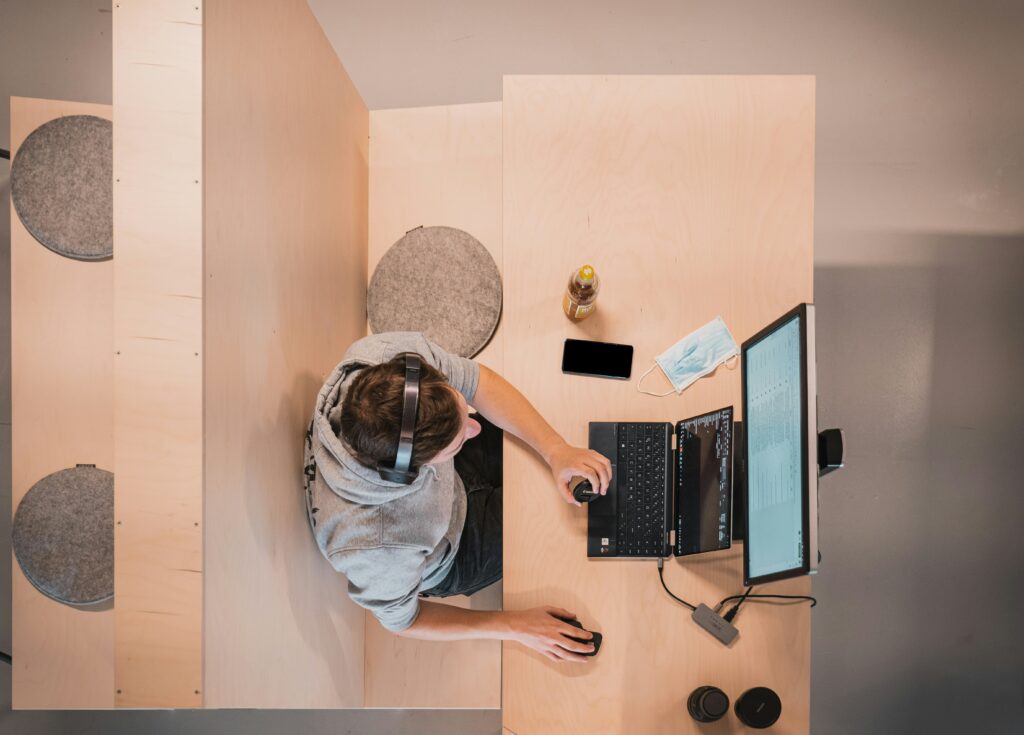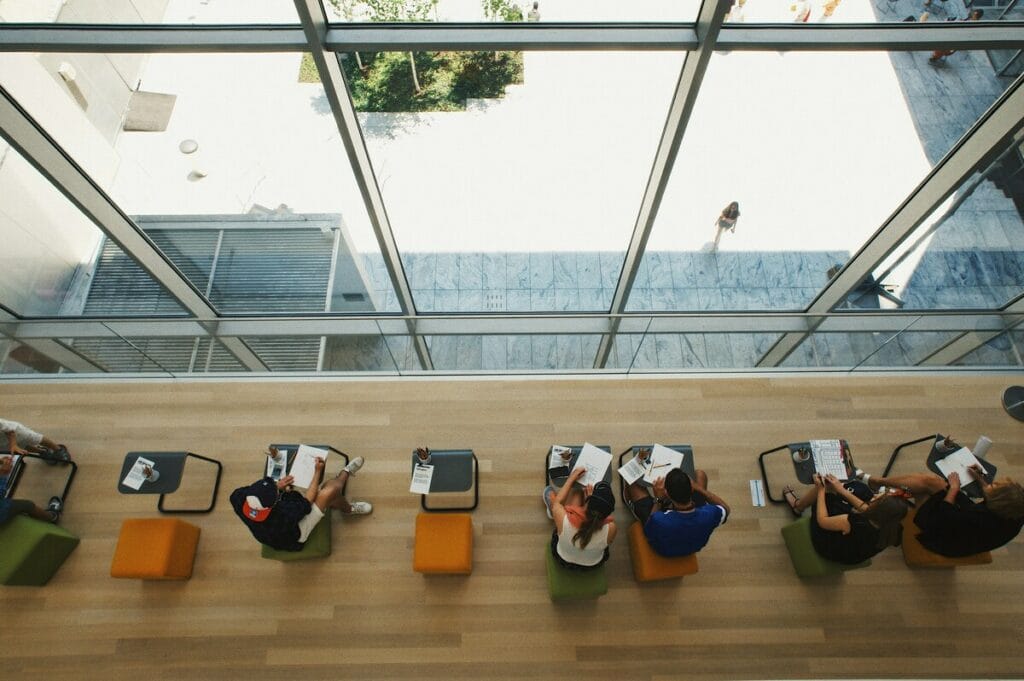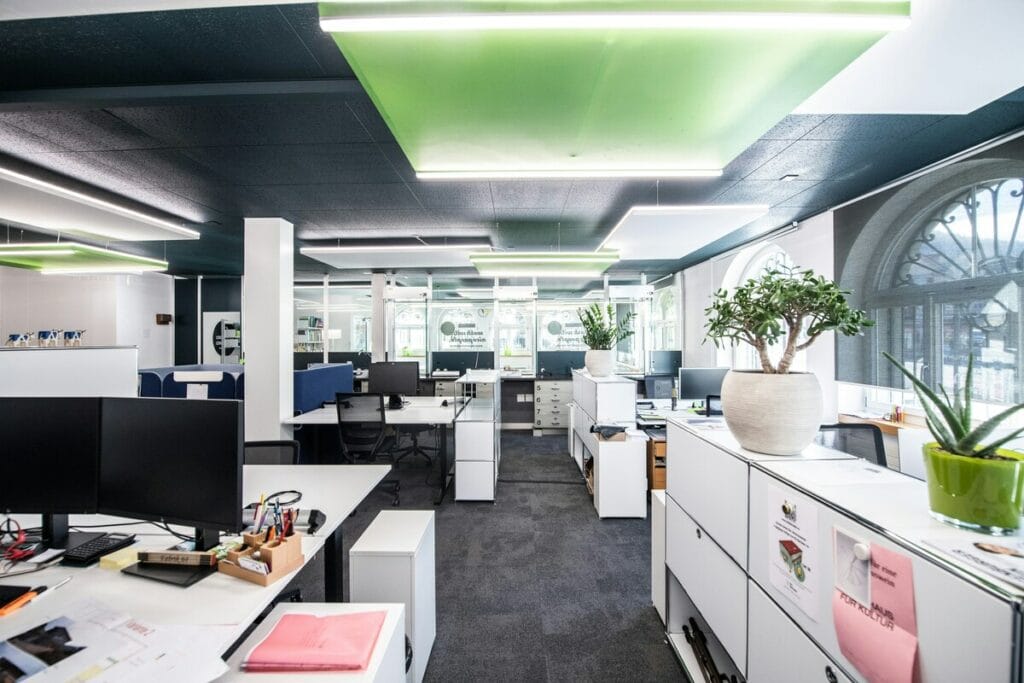How Connected Workplaces Improve Employee Experience

Work now happens in so many locations–offices, homes, coworking spaces, and even on the go – the connected workplace becomes essential. It’s an employee-centric work environment where systems, technology, and spaces all work together to promote communication, collaboration, and productivity wherever that may be.
Employee Experience Manager Responsibilities & Tools

The role of an employee experience manager has become essential for keeping teams happy, engaged, and connected. This position is no longer just a “nice-to-have” — it’s a strategic function that helps build strong teams and successful companies. But what does the role actually involve, and why has it become so important?
What is Hot Desking and How to Implement It?

In the rapidly evolving landscape of modern workplaces, traditional office setups give way to innovative solutions to maximise efficiency, flexibility and save costs. One such concept that has gained significant traction in recent years is hot desking. Hot desking revolutionises the way we view office space, offering a dynamic alternative to the conventional fixed desk model. Let’s look into the meaning behind the hot desking and explore the good, the bad, and the ugly.
Overcrowded Workplace: Hidden Costs and Easy Fixes

In today’s world of hybrid work, many organisations are grappling with a problem they did not foresee – an overcrowded workplace.
Employees are on site on the same days, office layouts remain unchanged, and in many cases, there is no established process for coming to the office.
Office Move Checklist: Plan a Seamless Relocation

Relocating an office can be an exciting yet daunting task for any business. Whether expanding, downsizing, or simply moving to a better location, an office move requires meticulous planning and execution. In this comprehensive guide, we’ll walk you through every step of the process to ensure your office relocation is as smooth and stress-free as possible. We’ll also provide you with essential checklists and tips to help you avoid common pitfalls.
Why Companies Choose Permanent Hotelling?

Permanent hotelling is becoming a popular way to manage office space more efficiently as hybrid work becomes the norm. With more organisations rethinking how they use their desks, this approach offers a balance between flexibility and structure that supports today’s changing work patterns.
Beyond Fruit Bowls: Health and Wellness Ideas in the Workplace

Health and wellness ideas in the workplace have evolved far beyond gym discounts and a token bowl of apples in the breakroom. Today, it’s about creating a culture where people feel good about coming to work—physically, mentally, and emotionally. Companies are realising that real well-being isn’t just about setting goals or offering free yoga sessions. It’s about creating an environment that supports focus, connection, and balance. The result? Better productivity, less burnout, stronger teams, and higher retention. It’s not just a nice-to-have anymore—it’s a smart business move. So, how do we make wellness feel real, not routine? Let’s dig in.
What Is Workplace Mapping? A Practical Guide for Offices

With today’s flexible work environments, workplace mapping is becoming essential. Firstly, as offices undergo transformation, organisations require intelligent ways of planning and managing their spaces. This is where office mapping fits in. In this guide, we will explain what it is, how it works, and its impact on office performance.
Workplace Capacity Planning: Key Steps to Know

Workplace capacity is a hot topic in office planning today. With hybrid work becoming the norm, many offices do not see full capacity on a daily basis. However, offices still need to support flexible schedules, team collaboration, and efficient use of space. Knowing your office capacity and being accountable for it will help you reduce congestion, decrease wasted space, and create a more efficient work environment.
How to Optimise Office Space: A Step-by-Step Guide

It is no secret that office space is one of the largest expenses for businesses. It also plays a significant role in both employee satisfaction and productivity. Because of its significance, optimising office usage is more important now than ever. This guide will provide insights to ensure you can optimise your office space. You will learn with practical steps, reinforced by workplace data, to decrease costs and improve your work environment.


